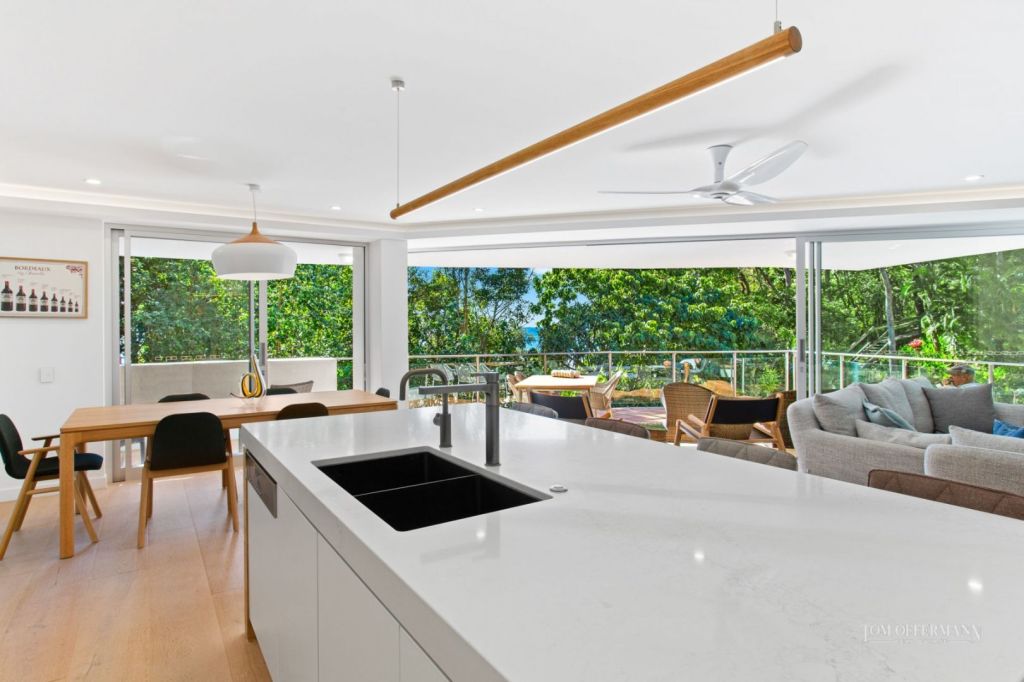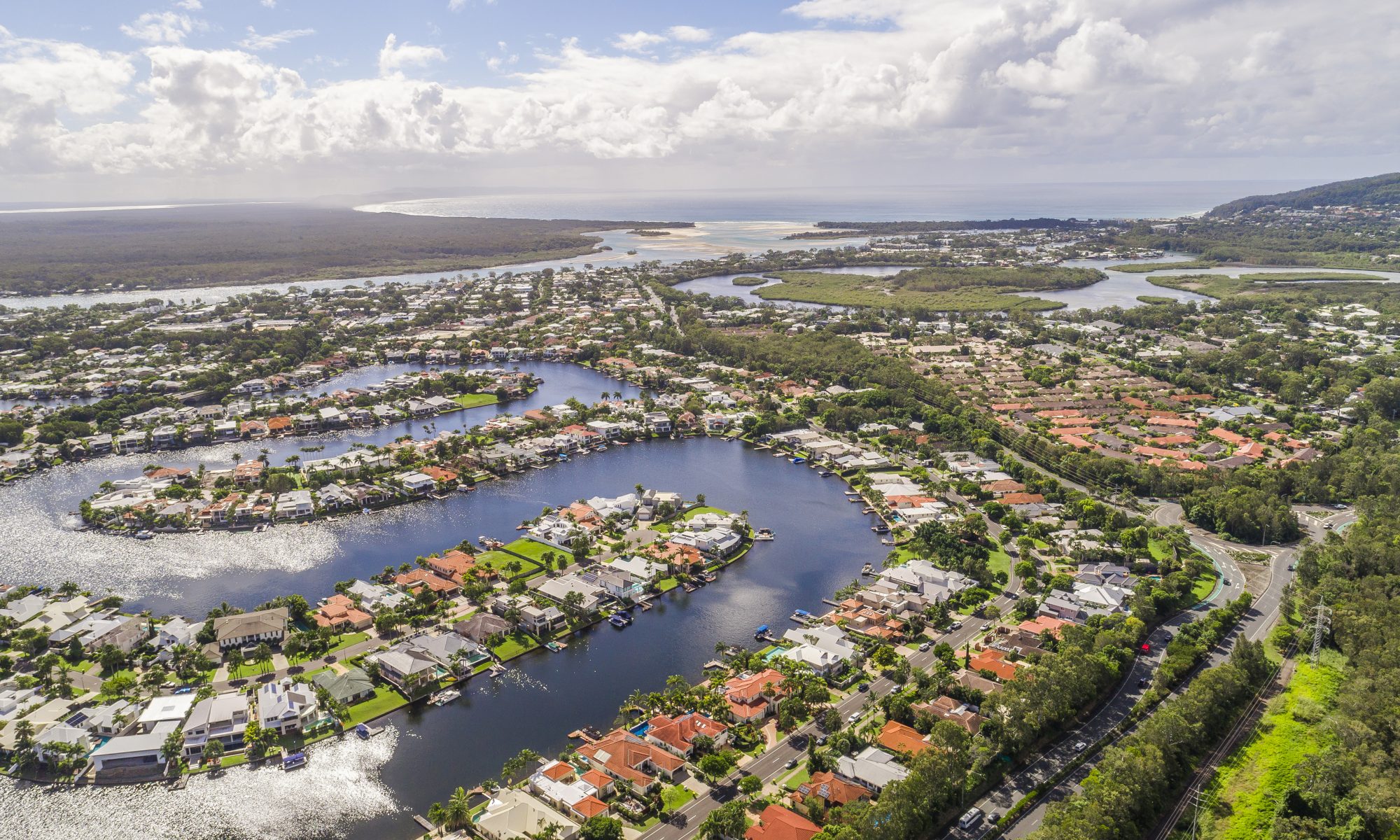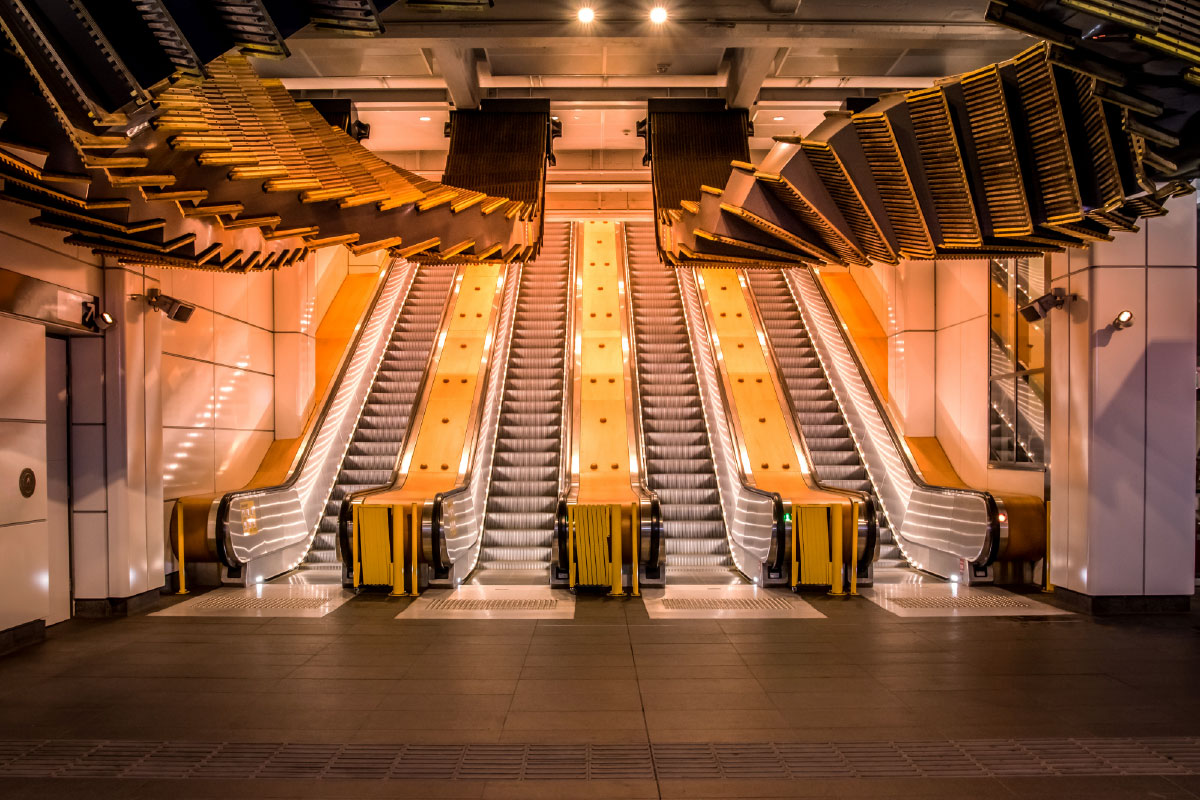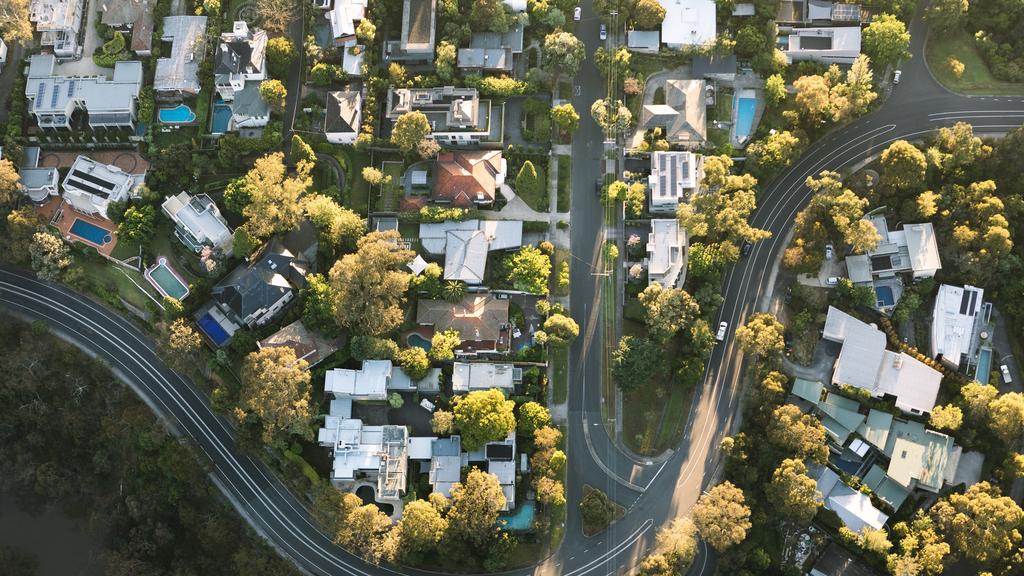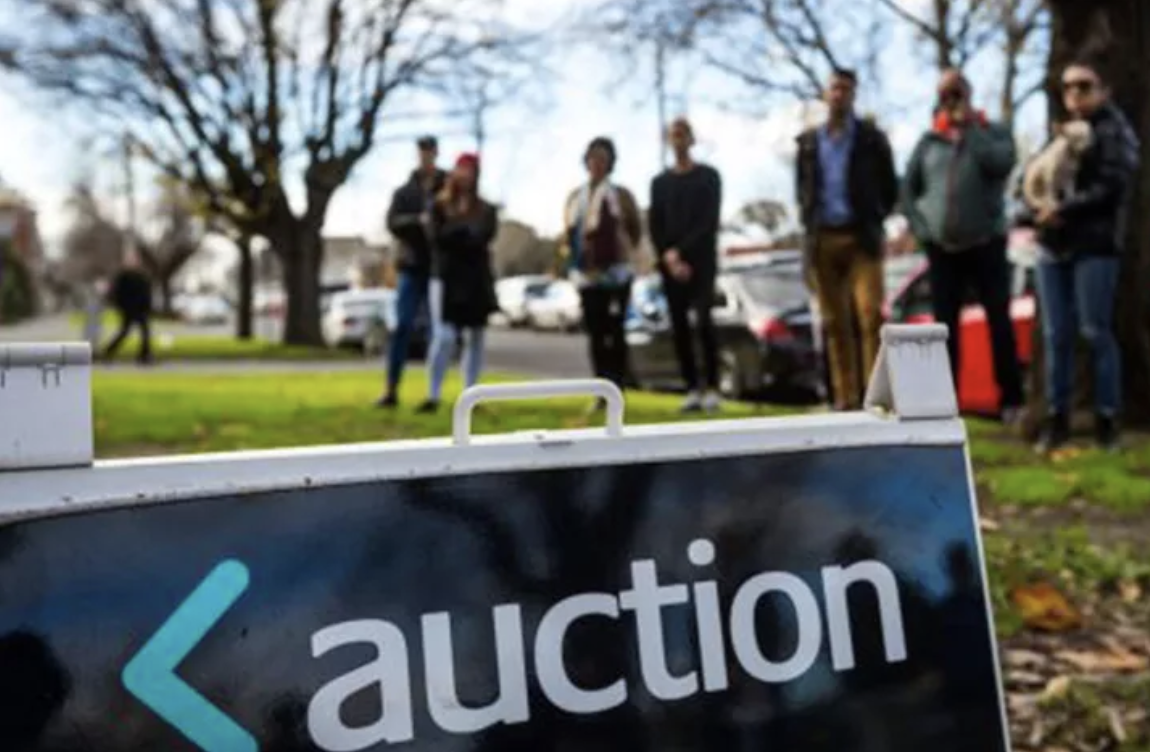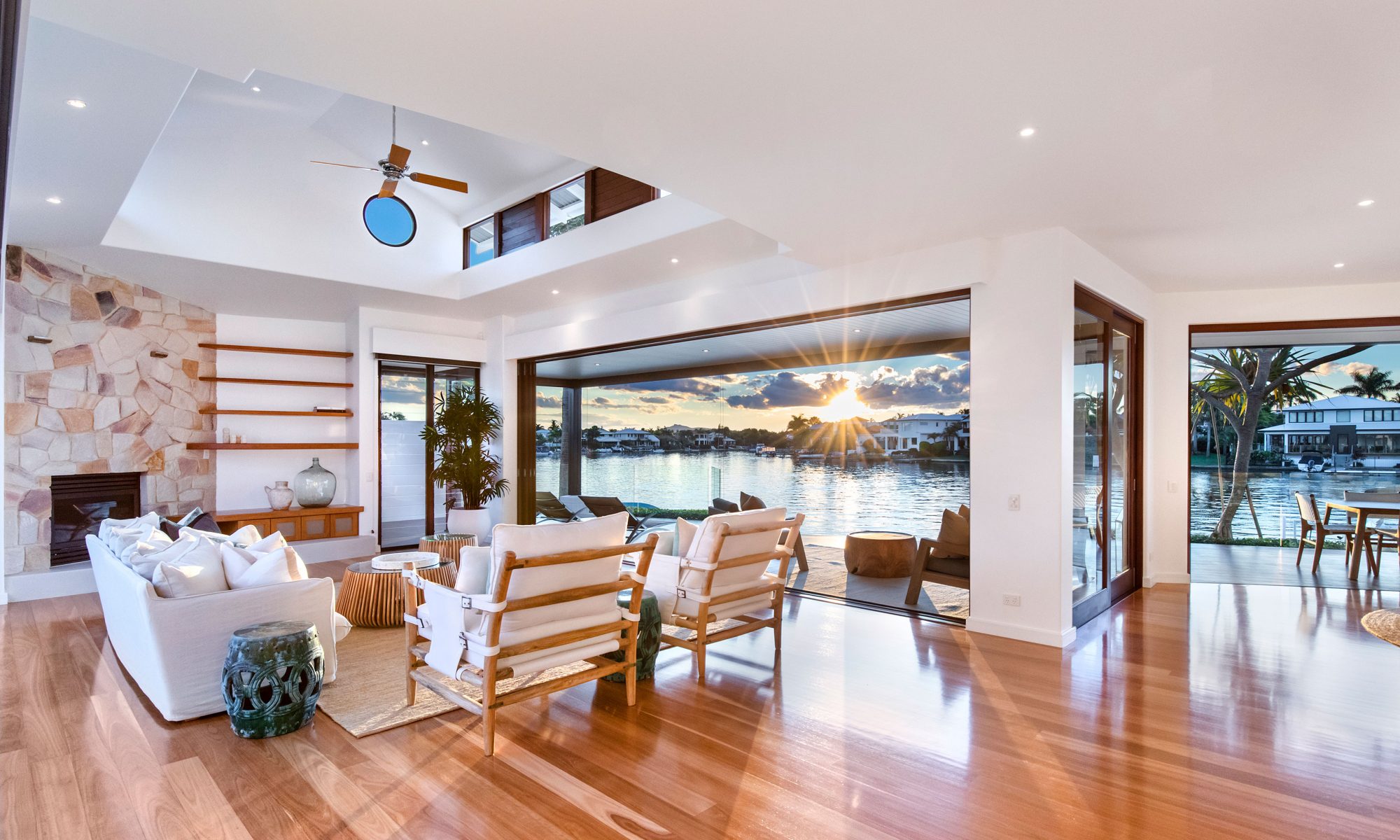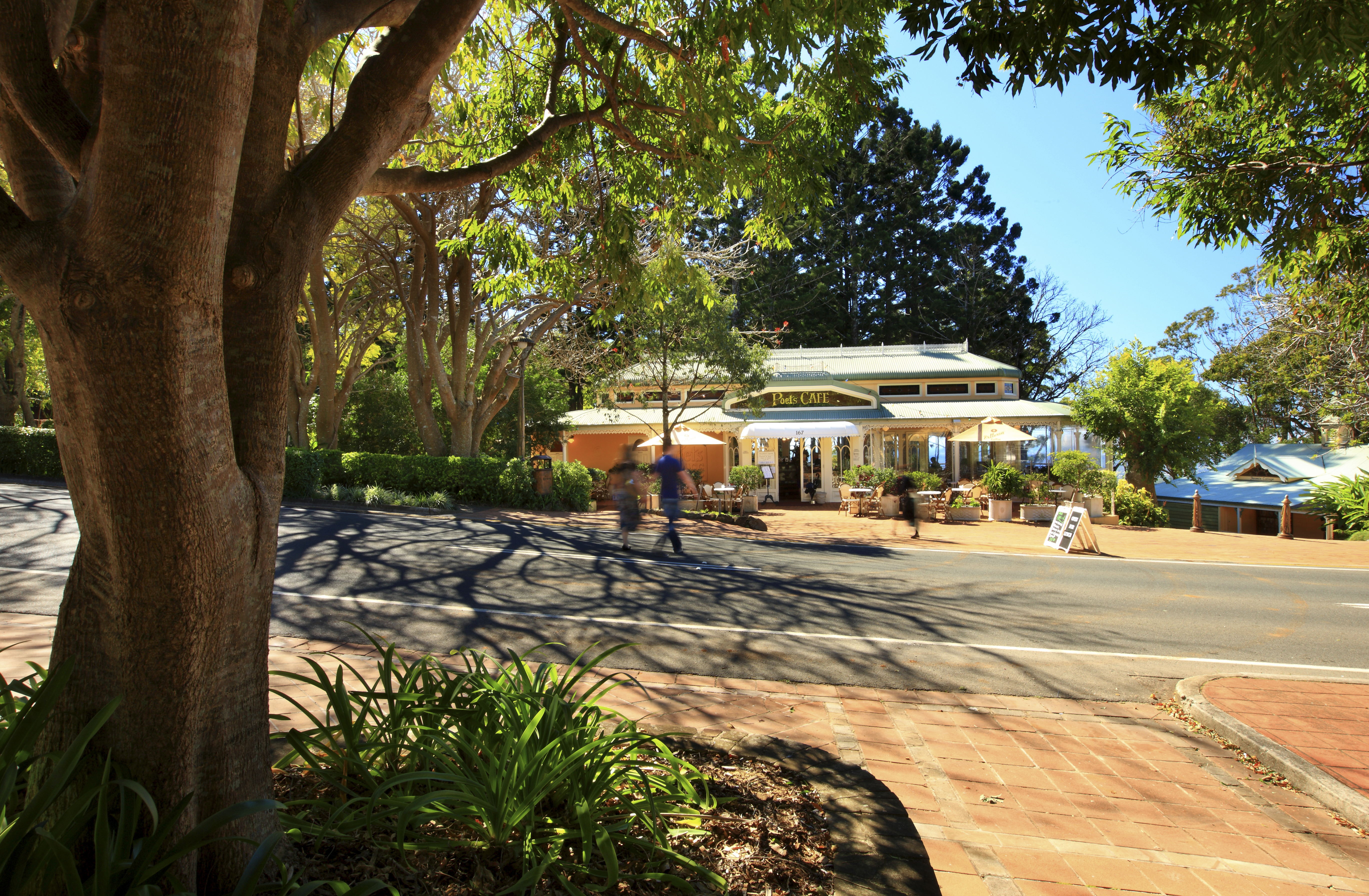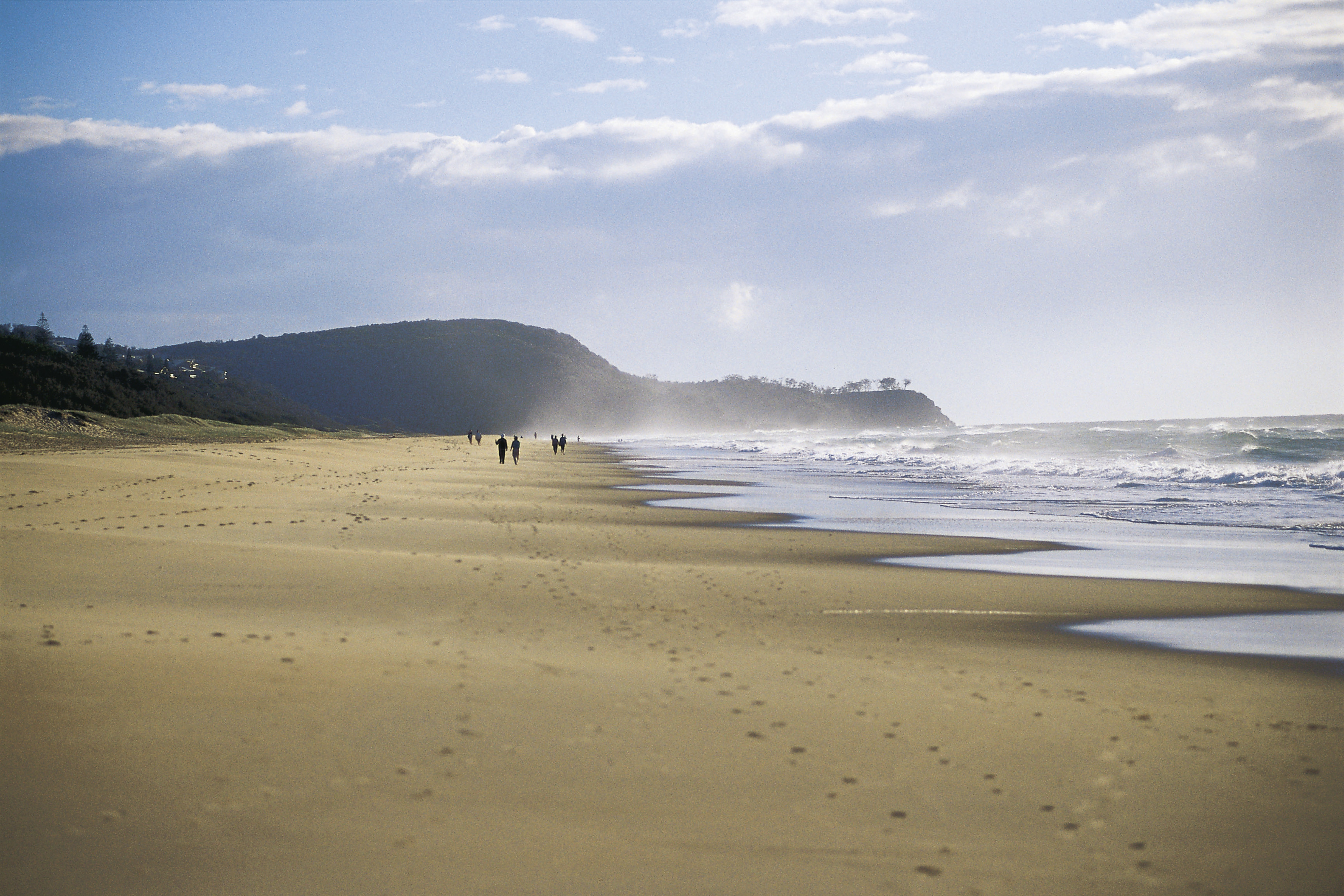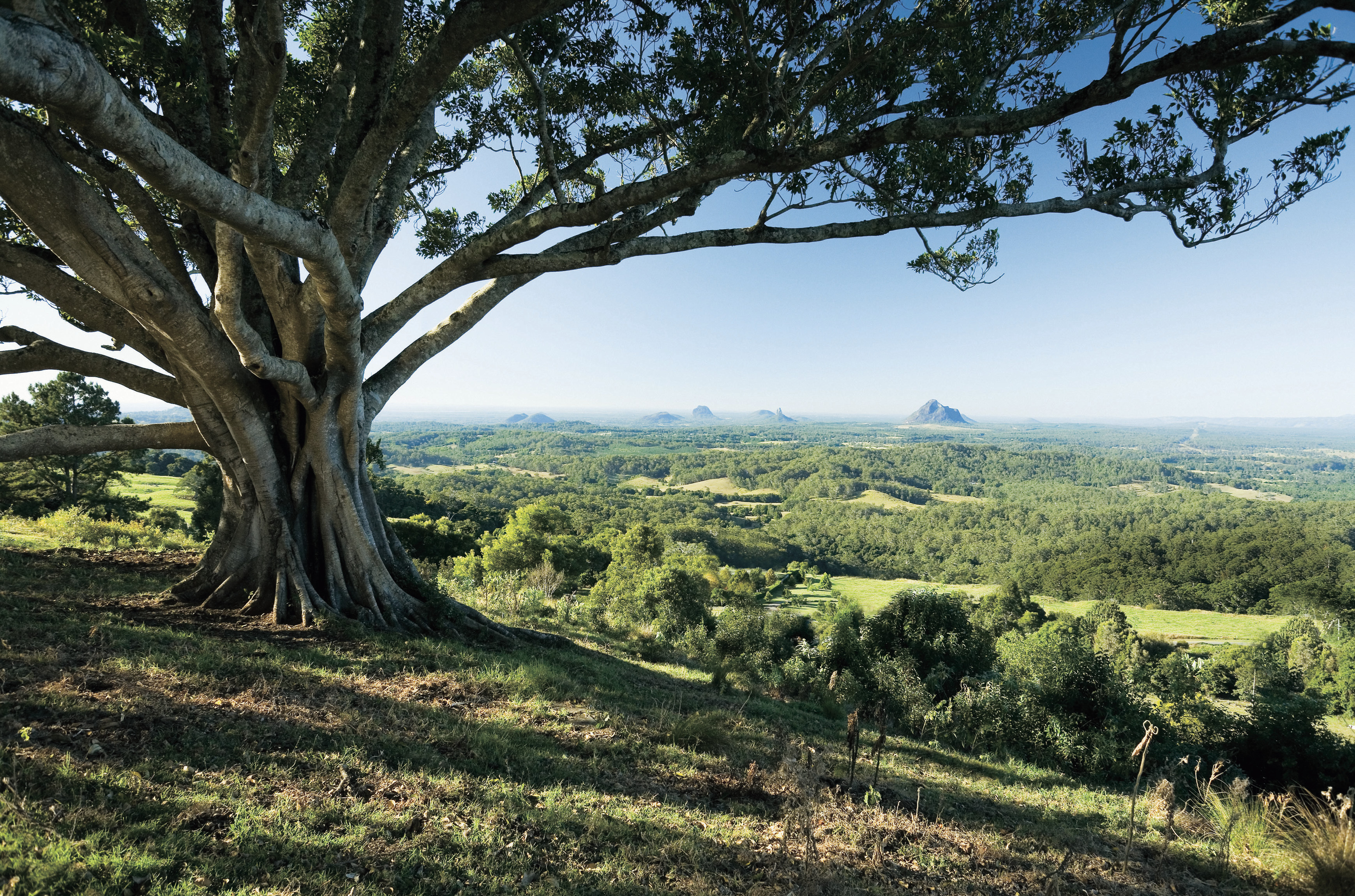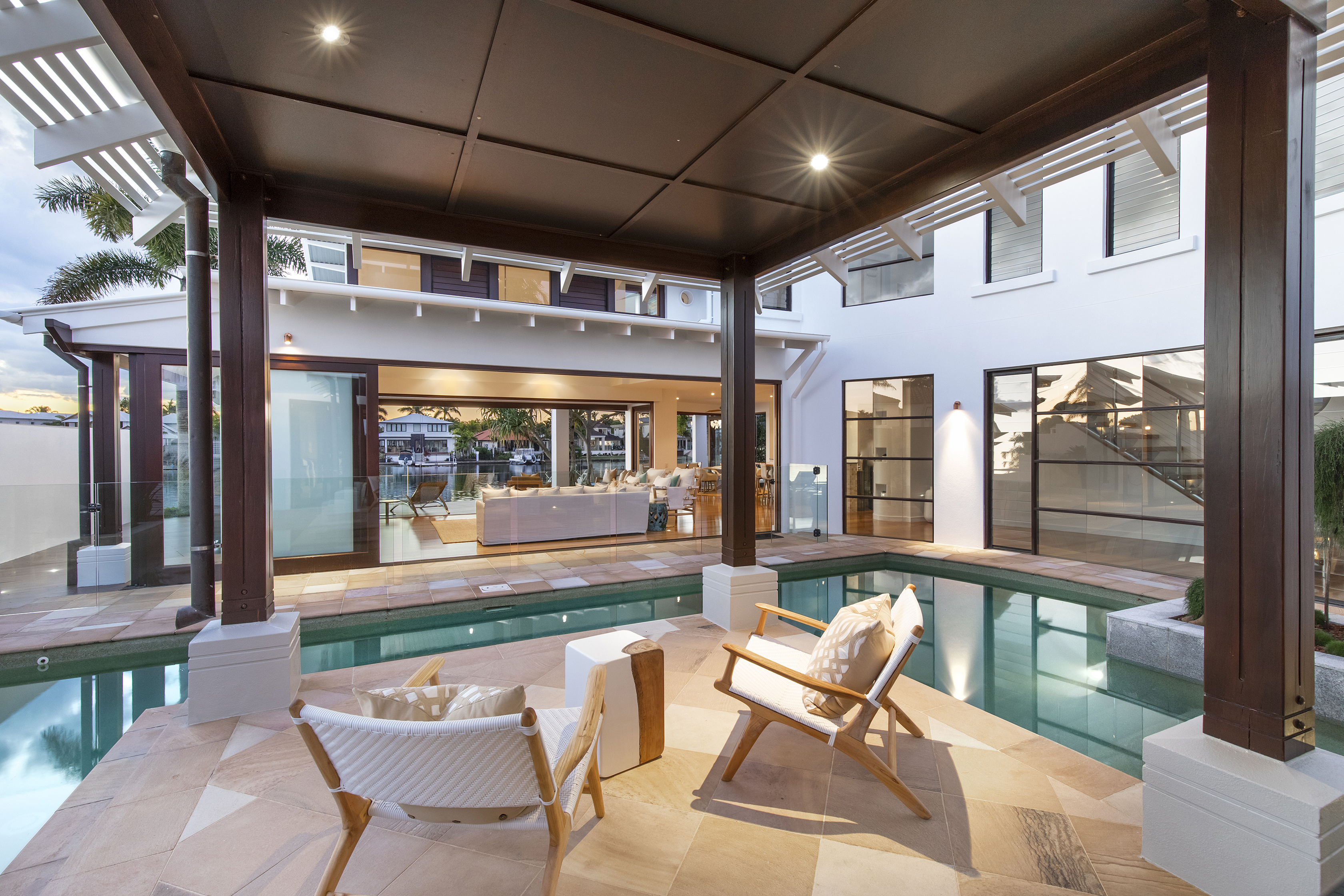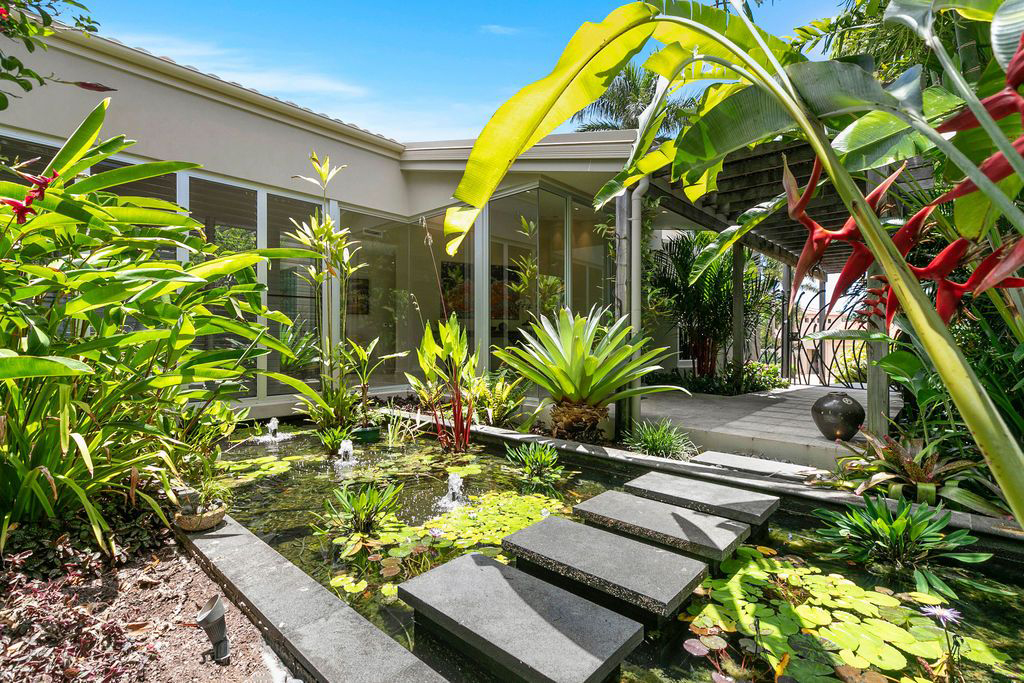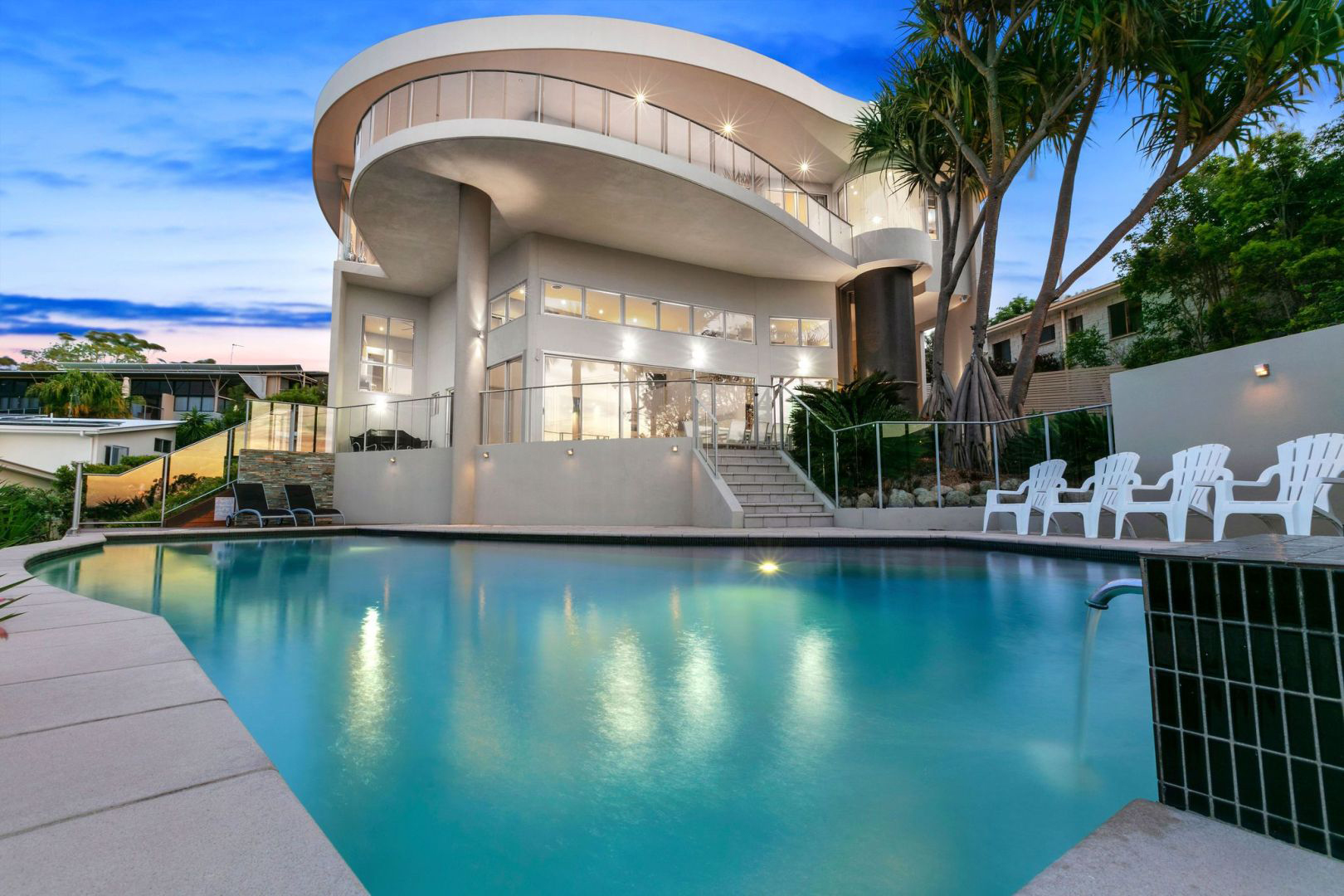Amid the spread of coronavirus, the past few weeks have seen increased expectations of an Australian recession, a slowdown in business activity and trillions of dollars wiped off global share markets. It has many asking what the impact of the coronavirus would be on Australian residential property.
This note explores fundamentals of housing to better understand outcomes in the current climate. It is found:
- Housing has performed relatively well against negative economic shocks, but the unique conditions of a pandemic-induced economic slowdown must be considered;
- Housing is an illiquid asset and a consumption good, which shows far less volatility and decline than share markets;
- In the coming weeks, property transactions may fall significantly, but the impact on values is unclear; and,
- Existing economic headwinds, including high household debt, make the property market particularly susceptible to a fall in demand. However, Australia does not have ‘one’ property market, and a decline in demand will be tempered by the composition of the local workforce, and the state of household finances.
Australian residential property has historically fared well against negative economic shocks
In beginning to assess the impact of the current slowdown on property, it is worth exploring how property has historically responded to negative economic shocks.
Major share market losses and recession are not necessarily predictors of declines in housing values. This can be seen in the figure below. When significant, negative economic shocks occur, the effect on the housing market varies. Property value changes depend on the level of impact on Australian industry.
As an example, the 1987 ‘Black Monday’ stock market crash was a negative shock, in which the Australian share market lost approximately 23% of its value in a single day.

But housing values were largely unaffected. By October of 1988, residential property values experienced double-digit growth, as financial deregulation contributed to asset value inflation.
In the 12 months to January 1988, the Australian unemployment rate declined 60 basis points. The Hawke government also reinstated negative gearing as we know it today, after temporarily quarantining any losses associated with rental property between 1985 and 1987. This may have provided an extra boost to Australian property investment at the time.
By the early 1990’s, Australia experienced a recession and property values declined, but only by -4.4%, from June 1989 to October 1990.
In 2007-08, when the GFC began, the Australian economy was more globalised. A slowdown in the global and domestic finance sector affected employment, incomes and subsequently borrowing capacity for housing.
The national dwelling market declined -7.5% from February 2008 to January 2009. However, an uplift in mining-related investment, the start of a rate cutting cycle and government stimulus saw a fairly swift recovery.
Recently, values been more reactive to structural changes in the lending space. Between 2014 and 2017, a series of policies limiting investment housing lending catalysed one of the largest and longest property market downturns since the early 1980’s. However, further rate cuts and eased serviceability assessment prompted an owner-occupier led rebound.
The share market and housing market perform differently
Aggregate figures on the housing market suggest that the slowdown in economic activity from the coronavirus has not impacted housing markets in the same way as equities. This is nothing new. Historically, comparing the S&P ASX 200 index with the CoreLogic home value index, suggests that property responds to macroeconomic conditions at a lag, and avoids the same extent of decline or volatility.

There are a couple of reasons for this:
- The relative illiquidity of housing (high transactional costs and long settlement periods) means it takes longer for property to transact, which makes ‘flights to’ or ‘sell-offs’ of property less likely amid economic uncertainty; and,
- Housing is used as a consumption good, and is less likely to be speculated upon relative to equities.
The latter point is a particularly insulating factor at the moment. Since the start of the property market upswing in June 2019, investors comprised 28.2% of the new finance taken out to buy property. This is down from 39.5% in the previous upswing.
In other words, the retreat of investors from residential property will not have as large an impact as it would have two years ago.
The relatively low levels of foreign interest in the Australian dwelling market over 2019 also means there is less risk to the market from declines in this buyer group. According to the latest NAB residential property survey, foreign buyers in the December quarter of 2019 made up 7.0% of new property purchases (down from the survey average of 10.2%), and 3.8% of established property (down from the survey average of 6.1%).
Some will be exposed to a downturn in international market participants from travel bans. These include new unit projects targeting foreign buyers, and landlords who are reliant on foreign students or tourists for rental occupancy.
Property is not completely insulated from economic events. Depending on the extent of spread of coronavirus and institutional responses, reduced business activity could materially slow the flow of income and credit. This would have significant impacts for the property market.
Sales activity likely to decline, while the impact on values is less clear
Property transaction volumes are likely to fall in the coming months, but the outcome for values depends on temporal expectations around coronavirus, and longer-term employment conditions.
In the short term, the coronavirus and subsequent share market declines have already had a significant impact on consumer confidence. This may lead to postponed dwelling purchases, as housing is an expensive, high commitment purchase decision.
The Westpac-Melbourne Institute Consumer Sentiment Index declined -3.8% over March to a 5 year low, and recorded the second lowest reading since the GFC. The index is still 15.3% higher than the level at which it bottomed out in 2008, suggesting consumers are less worried about the economy than at the GFC.

Interestingly, the ‘time to buy a dwelling’ index component only fell -0.3% in March, but declines may soon deepen. The ‘house price expectations’ sub index fell more sharply, down 6.6% in March. This was the largest fall since February last year.
A more direct impact on transactions could be the rise of isolation precautions. If Australian governments follow quarantine measures enforced in Italy and China, then inter-city travel would be restricted, and confinement to the home would prevent physical inspections and on-site auctions.
While this may seem extreme, it is not unlikely: Victoria and the ACT have declared a state of emergency across the regions, increasing power of health ministers to enforce self-isolation.
This presents a challenge to the real estate sector, which often necessitates physical inspection of property and, in the case of auctions, bidding environments involving groups of people.
Real estate industry professionals may respond by offering private inspections rather than open homes, virtual inspections using technology, or remote auctions. But such technologies can be difficult to adopt in the best economic conditions. Prospective buyers and sellers are likely to postpone activity until conditions revert to normal.
Property values may not be impacted the same way. One important facet of the unfolding economic slowdown, is that it is led by institutional responses to the coronavirus pandemic. This is a unique cause for halting production and consumption.
Vendors may view the current pandemic as a temporary economic condition. If monetary and fiscal stimulus can adequately support business and household income amid the slowdown, then the next few months could see a sharp contraction in sales volumes, but not necessarily dwelling values.
This is because the expectation would be for market activities to return. Influenza periods for example, typically last 3-4 months. It is unclear whether coronavirus will be seasonal, but, after mass quarantines, China is now showing a slowed spread of the coronavirus. South Korea is also seeing a drop off in new reported cases after a social distancing campaign.
A comparison may be drawn with the high seasonality in sales volumes usually seen around annual holiday periods. Over the past two decades, the decline in sales volume activity from the month of November to December averaged -15.9%, and sales volumes in December have a seasonal factor of 0.9. By comparison, the past two decades have seen an average 0.2% uplift in values from November to December, with very little seasonality present.
While the current pandemic is by no means a holiday, it is temporary. Unless the current slowdown presents a significant drag on incomes, vendors may not see the need to lower their property value expectations.
Headwinds for housing demand
In the long term, housing market values and activity will be linked to the extent that quarantine measures affect income, employment, borrowing capacity and credit availability.
The largest and most direct industry shocks from the coronavirus are expected in:
- tourism, where increasingly strict quarantine procedures deter travel;
- education, due to fewer foreign students being able to travel;
- hospitality, where social distancing leads to a decline in café, bar and restaurant visitation;
- retail, which will be dragged down by low consumer confidence levels; and,
- arts and recreation, where visitation to theatres , cinemas and art galleries are already on the decline.
GDP growth in the March quarter was initially expected to be about 50 basis points lower from what it otherwise would have been. But research on the impact of past influenza pandemics suggests the losses may be greater.
Unlike the global financial crisis, where a mining boom, as well as monetary and fiscal policy were effective in helping Australia avoid recession, the domestic economy now faces new challenges:
- There is ongoing weakness in the private sector. Annual changes in private sector spending have been negative since June 2019. This has knock-on effects for employment and income growth, which in turn limits borrowing capacity for property.The recently announced stimulus package handed down by the Morrison government goes a long way in targeting businesses investment, with up to $25,000 available for small to medium enterprises, apprenticeship wage subsidies and an increase in the value threshold for instant asset write offs to $150,000.
- There is less room to reduce the cash rate. During the GFC, the RBA implemented 6 rate cuts, taking the official cash rate from 7.25% in August 2008 to 3% by April 2009.Currently, the cash rate is a record low 0.5%. Market expectations currently indicate with certainty that there will be a 25 basis point cash rate reduction in April.There is not much ammunition left in monetary response, apart from pursuing a quantitative easing strategy. The RBA has indicated they will commence bond purchases and repurchasing operations, which involve on selling government bonds to investors before buying them back at a higher price.
- Household debt is near record highs. Household debt is closely monitored by regulators. September quarter data suggests that both total household debt to income, and housing debt to income, are just below the record highs in the June quarter. At September 2019, total debt to household income was 186.5%. This was mostly comprised of housing debt to income (141.3%). The loss of jobs amid a business slowdown could increase the incidence of non-performing loans, especially since the latest APRA data suggests that an increasing portion of finance (38.6%) is being lent with a loan-to-value ratio of over 80%. Given the high levels of housing debt in Australia, it is important to consider the risk of increased non-performing loans in the current environment. RBA research suggests that at December 2017, about one third of owner occupier loans had at least a two year buffer in mortgage repayments. However, around one quarter had less than one month’s buffer.If social distancing measures are in place for an extended period of time, those more vulnerable households at risk of mortgage stress could require targeted intervention to avoid delinquency. Despite these fragilities, and a technical recession increasingly likely, there are some safeguards that will lessen the blow of a halt in income and employment, and the availability of credit
Just days after announcing its $17.6 billion stimulus package, the government is considering a second stimulus package.
On Monday the 16th, the council of financial regulators announced further supportive measures for credit availability, including the RBA preparing the start of quantitative easing, and APRA have announced the potential easing of regulatory requirements to support the flow of credit.
In an address on the 11th of March, the RBA was keen to emphasise that the virus is ultimately a temporary disruptor to business activity, and that eased monetary conditions and fiscal policy would help the economy to “bounce back quickly once the virus is contained”.
Not all markets will be equally impacted
Importantly, Australia does not have ‘one’ housing market. While this note considers the residential market in aggregate for simplicity, economic downturns have certainly created more acute, localised declines in property, such as;
- The collapse of mining related infrastructure projects in 2014, which still see Darwin property values more than 30% below the record high;
- Over-supply in the Brisbane unit market, where the latest data shows values are still -11.2% below the record high; and,
- The impact of extreme weather, storms and flooding, which has suppressed property price growth in far north Queensland.
Given the idiosyncrasies of the current downturn, there are likely to be parts of Australia where housing demand, including rental demand, will fall more sharply than others.
These include areas where workers cannot perform their jobs remotely, and may have to sacrifice income if social distancing is enforced, where there is a high incidence of casual employment, and where there is a high concentration of employment in affected industries.
Looking at the concentration of the workforce in accommodation and food services for example, points to pressure on households in Sydney’s Inner West, which has the highest portion of workers employed in this sector by SA4 region (12.7% at November 2019).

Conclusion
The coronavirus outbreak clearly presents some downside risk for the Australian housing market, but ultimately, the impact remains highly uncertain. New information and policy responses are unfolding daily, making it impossible to provide a reasonable forecast of capital growth. Some added context however, is remembering the fundamentals of the property market, and idiosyncrasies of a pandemic-led downturn.
Property is less volatile and slower to respond to market shocks than equities, it is a consumption good and it is tied to fundamentals of employment opportunity and income growth. In the current climate, the Australian housing market is more insulated from foreign demand and investment speculation than it has been over previous years.
Transaction activity is likely to be impacted more than market values. As consumer confidence reduces, and labour markets are disrupted, more Australians are likely to put high commitment decisions on hold until there is more certainty around the economy, jobs and household finances.
Additionally, stimulus measures including emergency level monetary policy settings and a surge in fiscal spending should help to cushion the impact of reduced business activity, but a recession in the first half of 2020 still looks likely.
The current high level of household debt amplifies the risk of unemployment on housing market conditions. However, areas severely impacted by social distancing would be less resilient than others in rebounding from the coronavirus pandemic.
Our views and research on the market outcomes in relation to the coronavirus will continue to evolve as more information comes to light.
Published By – Eliza Owen Core Logic












